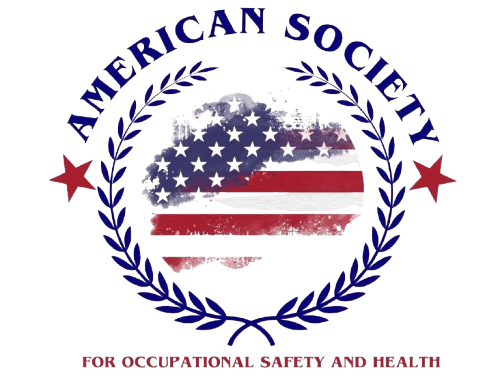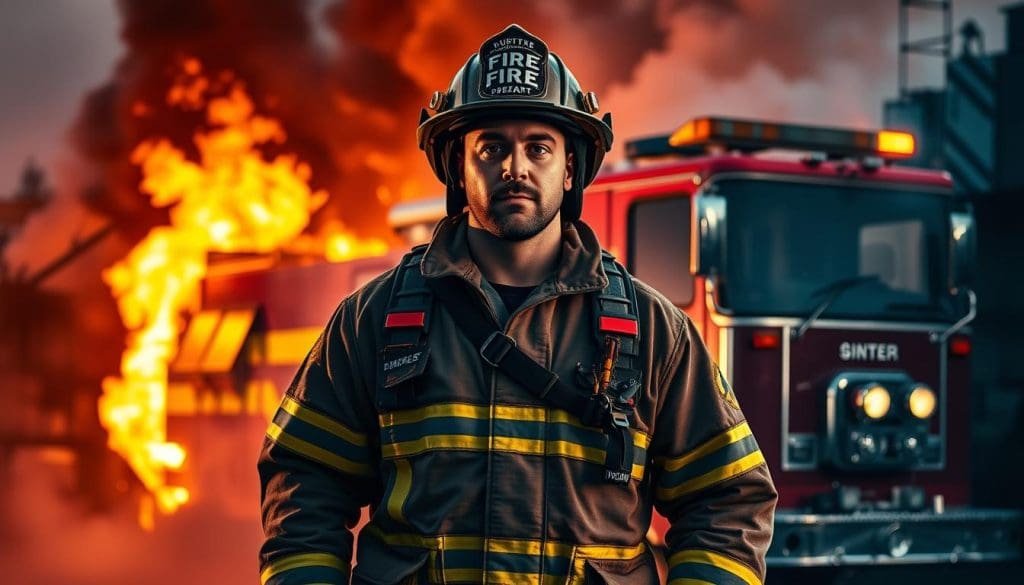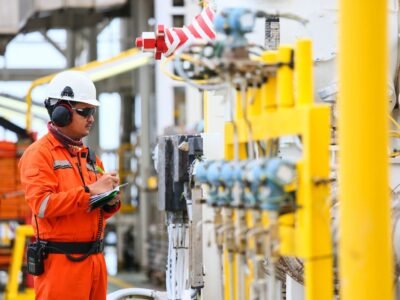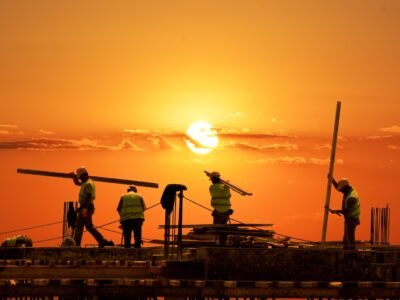Introduction:
Skilled and conscious management equips sites with fixed and mobile fire equipment and trains personnel to prepare for hazards, including the possibility of fires in any site, whether industrial, administrative or buildings, all of which are called property.
This requires interaction by applying legal standards, as well as improving performance by applying international standards in this regard, forming (rapid rescue force teams) from the human resources and resources used in the formation of this force, and placing all available equipment and systems for firefighting and good training at its disposal.
Preparing to form these auxiliary crews and train them to fight fires in all ways and means is not smart from responsible leadership at all levels to prepare in advance to face fire hazards and avoid and reduce human and material losses.
Effective handling of firefighting equipment requires continuous training of the assigned teams, and the lack of identification of them, their components and methods of use is one of the serious causes of disasters and damage to equipment and buildings for lack of effective control before the arrival of supplies by the official firefighter.
The use of firefighting network and equipment, for example, requires continuous training good from time to time skillfully and so as not to fall into mistakes as we did previously to not lose time to deal with events as a result of laxity, negligence and lack of experience. Equipping sites with these water networks, which operate at high hydraulically pressures, is a process that must be well understood skillfully for all levels that operate in the rapid rescue system from:
- Command and control crew – firefighter.
- Rescue crew – firefighter.
- Reconnaissance crew – firefighter.
- Fire crew – firefighter.
- Supply crew – firefighter.
- Water supply crew – firefighter.
- Debris removal crew – firefighter.
Training Objectives:
- Continuous pre-preparedness for fire hazards – firefighter
- Raising the efficiency of workers and volunteers in combat and rescue operations.
- Maintain the good reputation of job sites successfully.
- Training employees, weighing their skills and raising their competencies.
- Provide rescue teams with sound standards for the use of fire extinguishing networks, equipment and systems.
- Preservation of public property.
- Not to damage the property of other citizens.
- Non-stop work as a result of fires and lack of experience of the rescue team.
- Apply local and international standards with understanding and competence in different workplaces.
- Not to create problems that hinder emergency rescue operations.
- The correct optimal use of the components of fire extinguishing networks and knowledge of their techniques.
- Continuous monitoring as a result of the training process on the standards of proper operation and quality.
What does the client and trainee benefit from this course:
- Successfully raise preventive awareness at the workplace
- Increase and provide employees with the necessary skills in accordance with the law and administrative and technical support to deal with the fire extinguishing network and combat equipment.
- Not exposing the site to losses due to lack of experience and lack of trained crews to rescue and extinguish fires in a timely manner.
- Reducing human and material losses before hazards and fires occur.
- Maintain the good performance of the work sites from the use of the available capabilities of fire equipment.
- Preserving the elements of work and production and not being exposed to sudden cessation as a result of fire accidents.
- Maintaining the good reputation of the work site of the quality of performance and the percentage of high technical frequency.
- Identify the components of the firefighting and extinguishing network, methods of use and equipment.
- No serious accidents occur at work sites as a result of prior preparation, lack of ignorance and confusion
- Not to expose the workers participating in the rescue and control force to the dangers of lack of experience when using fire water networks from hydraulic and very high water pressures.
Training Themes:
- General introduction.
- Basic definitions: heat – boiling point – BT – calorie, Fahrenheit – Celsius – flash point – fire point – flame propagation – ignition or explosion limits – oxidation – vapor pressure.
- Hazards from fires.
- Types of fires and their classification – Egyptian and European classification – American classification.
- Fire triangle and fire chemistry.
- Causes of fires.
- Sources of fire.
- Ways to avoid fires.
- Hydraulics of extinguishing water – flow – hydraulic pressures.
- Internal fire water network.
- Government water network.
- Waters.
- Water tanks.
- Vertical and dry pipes.
- Automatic overhead water sprinkler system and water spray systems.
- Elements and components of the internal water network.
- Purlins.
- Socket and sources – identification.
- Fire water tank capacity – tank installation and components.
- FIRE HYDRANTS.
- Places of faucets.
- Hoses – pulleys.
- Fire bombers.
- Extrusion hoses.
- Intake hoses.
- Metal joints.
- Alwakir.
- Distribution and assembly links.
- Floor tap connections.
- The main and sub-subscriber of the links.
- Use of the network.
- Extension of hoses.
- Connecting hoses to existing fire hydrants.
- Pull hoses from wall baccalaureates.
- Connection to tanks, if any.
- Proper technical use of hoses and avoiding dangerous recoil accidents at different pressures.
- Check pressures.
- Open the faucets safely.
- Proper operation.
- Manual ejector steering.
- Use of a mobile semi-automatic ground ejector.
Target group:
- Supervisors and observers of shifts.
- Members of the Safety Committee.
- Members of the officials of the rescue and firefighting teams.
- Selected categories of skilled rescue workers.
- Those whom the administration deems necessary to involve them in the program for the public interest.
- Contractors’ representatives present at the various work sites.
- Security officials.
- Fire departments and stations in different locations and their workers.
- Technicians from various combat and rescue teams, maintenance and operations.
Course Features
- Lecture 0
- Quiz 0
- Duration 45 hours
- Skill level All levels
- Language English
- Students 12
- Certificate No
- Assessments Yes







